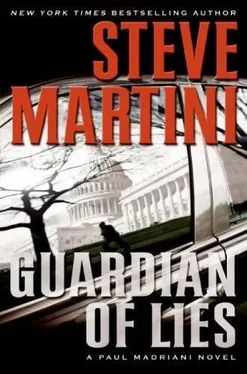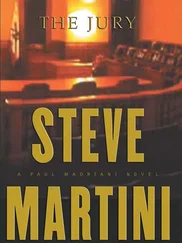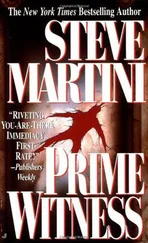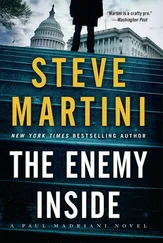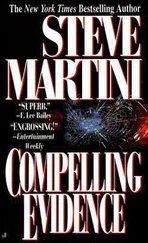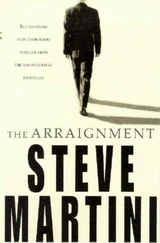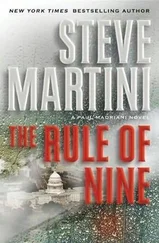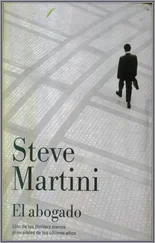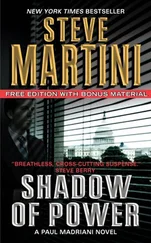“What have we got so far?” Thorpe dropped his briefcase on the table and shed his suit coat.
“Has anybody briefed the White House yet?” said Rhytag.
“I’m told the national security advisor included it in his briefing to the president yesterday morning,” said Thorpe. “The president wants an update every morning.”
“I just started going over the summaries of the transcripts from the recordings, the office and phones,” said Rhytag. “According to the analysts, there’s not a lot. Unfortunately, we got a late start. If we could have gotten the warrants a few days earlier, and surveillance in place faster, it would have made a big difference.”
“We did the best we could,” said Thorpe. “You forget, we had to shop for the judge.”
Thorpe had a point. There were eleven judges appointed by the Chief Justice of the United States to serve on the Foreign Intelligence Surveillance Court. In any close case the FBI and the Justice Department had a pretty good idea which members of the court would give them a warrant and which judges might give them a hard time.
Rhytag’s lawyers and Thorpe’s agents had to wait nearly two weeks until the judge they wanted was on call. Then last weekend, when most of the judges on the special court were gone, they filed their application and snagged the judge they wanted.
It was a tough sell convincing a federal judge to allow them to electronically record conversations between lawyers, as well as between those lawyers and their client, who was already behind bars on state homicide charges.
The pitch they made was that the defendant, Katia Solaz-Nitikin, was believed to be a foreign agent working at the behest of an as-yet-unidentified foreign power. She had entered the United States in the company of a retired operative of the U.S. Central Intelligence Agency, Emerson Pike. She was then believed to have murdered Pike at his home in San Diego County. They then used the old Soviet intelligence documents linking Nitikin to the missing nuclear device. They used the photographs taken by Katia’s mother, along with the information they had concerning the disappearance and possible homicide of the photo analyst in Virginia, which they claimed identified Nitikin as being alive. They established the family relationship between Katia and her grandfather. They then summed it all up. It was the government’s belief that Emerson Pike had stumbled onto a plot involving Yakov Nitikin and a nuclear device in his possession, possibly involving the transport of that device to an unknown destination within the United States for the purpose of committing an act of terrorism.
They told the judge that it was the government’s belief that Katia Solaz had murdered Emerson Pike to silence him and had taken the photographs in order to ensure that they did not fall into the hands of the United States government. In so doing she was engaged in assisting Nitikin in furtherance of a plot to plant a nuclear device on U.S. soil for purposes of terrorism.
They told the judge that the government did not wish to arrest Katia Solaz on these charges as of yet. Since she was already in jail, she was no longer at risk of furthering the conspiracy. But she was a valuable asset in the government’s surveillance. The government lawyers told the court they understood that none of the information conveyed by Ms. Solaz to her lawyers could be used in a later prosecution on charges of espionage or terrorism. But given the risk of a loose nuclear device finding its way onto U.S. soil, the government had little choice but to lose the evidence against Ms. Solaz and gain the necessary intelligence to find the device. They would build a wall around the state murder case. None of the information obtained under the federal surveillance warrants would be shared with the state prosecutor or the local police, thereby avoiding any problems in the state’s prosecution for the murder of Emerson Pike.
To these conditions, the court added one more. The government could record conversations between the defense lawyers or between the lawyers and their employees or agents, but only those conversations involving the Solaz case. Recording of conversations in the office involving any other matter were prohibited, and all such information coming into the possession of federal agents was to be treated as confidential. On these conditions the warrants were signed by the judge, allowing audio surveillance and telephone taps.
The problem for Rhytag and Thorpe was that because of the delay in obtaining the warrants, none of the electronic surveillance had been in place at the jail until after the last meeting between her lawyers and Katia Solaz.
“We know that Solaz’s mother took the photographs. That much they let slip during the meeting at the courthouse,” said Rhytag. “And if they’re to be believed, Madriani and his partner know where the photographs were taken.”
“Kim told me in the car on the way in,” said Thorpe. “But they wouldn’t tell you.”
“They wanted to trade it for concessions in the state’s case.”
Rhytag couldn’t share what he knew with the two criminal defense lawyers for fear that they would use it to go public. The information that there was a loose nuclear device somewhere in the hemisphere, probably in the hands of terrorists, and that this was the reason Emerson Pike was murdered, might shift the focus of suspicion away from their client. It could also result in a national panic, and cause whoever had the device to expedite their timetable. Even if Rhytag suspected that this was the reason behind Pike’s murder, there was no hard evidence to support it. Templeton had a solid case against the woman, and she had a motive, money.
“Do you think Solaz is involved with the device?” said Thorpe.
“I don’t know,” said Rhytag.
“If so, she may have told her lawyers what Nitikin has,” said Thorpe.
“To listen to the lawyers in the judge’s chambers, they know a lot. Whether or not they really do only the phone taps and wire transcripts will tell us.”
“So far the only conversation we have between the lawyer, Madriani, and Solaz is one telephone conversation…” Rhytag finds the sheaf of pages. “Here it is.” He passes it over to Thorpe. “It was recorded off the lawyer’s cell phone. He called her at the jail. She called him back. It was right after the meeting at the courthouse. Very brief, nothing in it. He’s holding everything until he meets with her at the courthouse tomorrow morning. He told her he didn’t want to discuss things over the phone.”
“You think he knows?” said Thorpe.
“I was hoping to have everything in place for a while so we could be listening in before they filed anything formal to obtain the photographs. That way we wouldn’t have to mention the federal courts and surveillance right away. Unfortunately, it didn’t work out.”
“Well, taking her before a grand jury is not going to do any good.” Kim Howard, the U.S. attorney, is looking at one of the transcripts. “This was yesterday. It’s a conversation in the office between the two lawyers. If we hit her with a grand jury subpoena and offer immunity on any federal charges, apparently they’re prepared to tell her to take the heat, sit tight, and let a federal judge issue a contempt citation.”
“That’s what I was afraid of,” said Rhytag. “Unless we can talk the prosecutor into offering something on the murder charge, her lawyers aren’t willing to bargain.”
“What about the prosecutor?” said Thorpe. “Can’t you get him to budge?”
“He made an offer, but it’s not much. Here’s the problem. He thinks one of the lawyers, this guy Madriani, is involved with Solaz. He suspects that the lawyer may be a co-conspirator in the murder.”
Читать дальше
